Published 5th Oct. 2022
Reading time
Everybody knows the ‘The Land of Fire and Ice’ for its thundering waterfalls, Baltic black sand beaches and vibrant sky-dancing auras, but Iceland also boasts an array of weird and wonderful food just waiting for those with adventurous taste buds to tuck into. Jagged stone formations rising up swathed in a heavy mist, chunks of fragmented glaciers drifting eerily in a blue lagoon and bubbling hot springs breaking through cracks in the Earth’s crust are just a few examples of Iceland’s harsh, far-flung environment that, in combination with a depressing lack of sunlight in the winter months, have meant that Icelanders have had to come up with many creative culinary ideas over the years. Thanks to the island’s extreme natural setting, many essential items are imported from overseas meaning food often comes with a hefty price tag. But if you are on the hunt for more authentic Icelandic cuisine that comes naturally to the island, take a glance at our list of traditional food in Iceland.
If you want to kick off the day eating like a local, then Skyr, a thick and creamy cheese-yoghurt which is considered one of the most traditional foods in Iceland, is the way to go. With darkness filling Iceland for most of the year, sunshine-craving Icelanders needed to find a way to survive without vital vitamin D. Skyr was the solution, as it is jam-packed with nutrients to help with bone strength when the sun doesn’t reach the Nordic horizon. Tuck into a hearty bowl of this Icelandic breakfast with a splash of cream, a dollop of fresh berries or a sprinkle of brown sugar, or enjoy it au natural, like many locals do. If Skyr isn’t your thing, Icelandic rye bread is a must-try when on this volcanic island. The town of Laugavautn, nestled just east of Reykjavik, is home to one of the most extraordinary bread making processes in the world. Along a pebble-ridden lakeshore, traditional bread makers dig holes, each filling with naturally boiling water, before inserting the dough pot into them. These geothermal hotspots cook the rye bread to perfection, using Mother Nature’s pure force, and the result is perfectly paired with smoked salmon and a hearty spread of butter.
After venturing past thundering waterfalls, clambering over blustery black-sand beaches and over otherworldly lava fields along the Golden Circle, an ice cream is a well-deserved mid-morning treat. Whether you are wandering through the bustling centre of Reykjavik or trundling around the rugged countryside in a 4x4, there are ice cream shops dotted across the country, whatever the time of year. Gamli is a soft-serve ice cream which has been popular for hundreds of years and is still a go-to for tourists and locals who are trying to seek out the most traditional food in Iceland or just fancy a sweet treat.
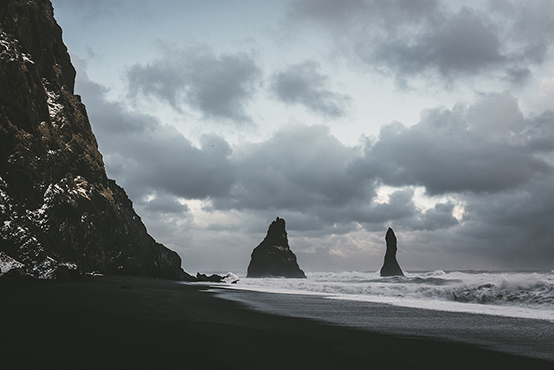
Image © Un Cercle
Reykjavik hot dogs are a staple when dashing around the countryside exploring the natural wonders that Iceland has to offer. Although fermented shark, which you may come across when dining in Iceland, is considered far and wide to be the country’s national dish, hot dogs, or pylsa, are so ubiquitous and beloved by Icelanders that they are a staple in most diets. With sheep outnumbering humans in this vast country, lamb sausages are plentiful and although we have suggested trying one for lunch, these meaty treats are devoured at any time of day. Whether spending your days trying deep sea fishing in Husavik, wandering the black sand beaches down in Vik or exploring the largest glacier in Iceland at Höfn, you will be able to find these traditional hot dogs in almost every restaurant, café or petrol station across the country.
Iceland has a famed reputation for food that might make modern tastebuds quake, but there is no way you can leave this icy wilderness without getting a taste of its famous fermented shark. Fermented shark is possibly the most famous Icelandic dish and is very popular with the locals. It is without a doubt one of the wackiest foods we can think of to try and is a must when seeking the most traditional food in Iceland, especially if you want to try eating like a Viking. After being left underground for six to eighteen weeks (depending on the season), the shark meat is cut into pieces and hung up to dry on make-shift fish washing lines, before being cut into cubes ready to eat. Enjoy a slurp of traditional caraway-flavoured schnapps or Brennivin (known unappealingly as ‘black death’ by locals) to wash down the ammonia-rich fish.
Seafood is a staple in Icelanders’ diets. Cod, salmon and haddock are the most common types of fish that are tucked into, but langoustines are also a firm favourite for most local gourmands. Whether nestled in a remote fishing town in the north of the island, along the glistening red shores in the east or in the capital of Reykjavik itself, fish for dinner is a must. Choose from all sorts of fish-based dishes, whether it be deep fried cod and chips, salted cod flatbreads, crusty baked fish or mashed fish stew, just as Icelanders have done for years and years in order to keep themselves warm and well fed during the painfully cold winters. If you want to brave the bitterness, head out with an expert fisherman for a day on the sea where you will hopefully bring in a hearty catch for dinner.
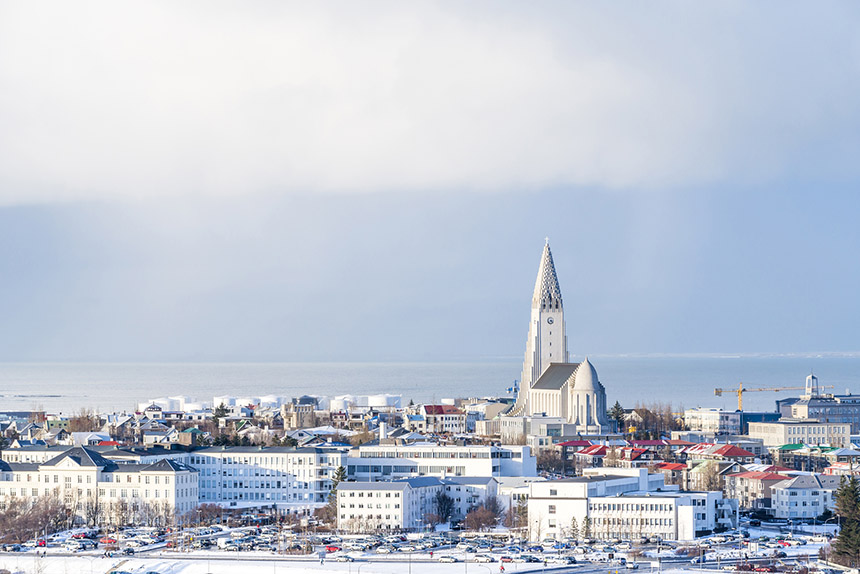
By this point in the day, your legs will likely be tired after all the exploring, your brain brimming with wacky facts and cool information learned along the way, and you should be suitably stuffed full of delicious Icelandic seafood. Heading to bed might be the easiest option, however you can’t leave Iceland without sampling a glass (or two) of its finest beer. Famously used in traditional Beer Tolts, where riders clutch a stein of this amber liquid as their stubby-legged Icelandic ponies charge along, trying to keep as much beer in the glass as possible. If you don’t get to witness or take part in this spectacle, there are plenty of microbars and craft beer hubs just waiting for you to settle down in, right in the heart of Reykjavik. Sip on this golden brew while keeping an eye on the sky just in case the Northern Lights make a surprise appearance.
Written by Immy Kelly
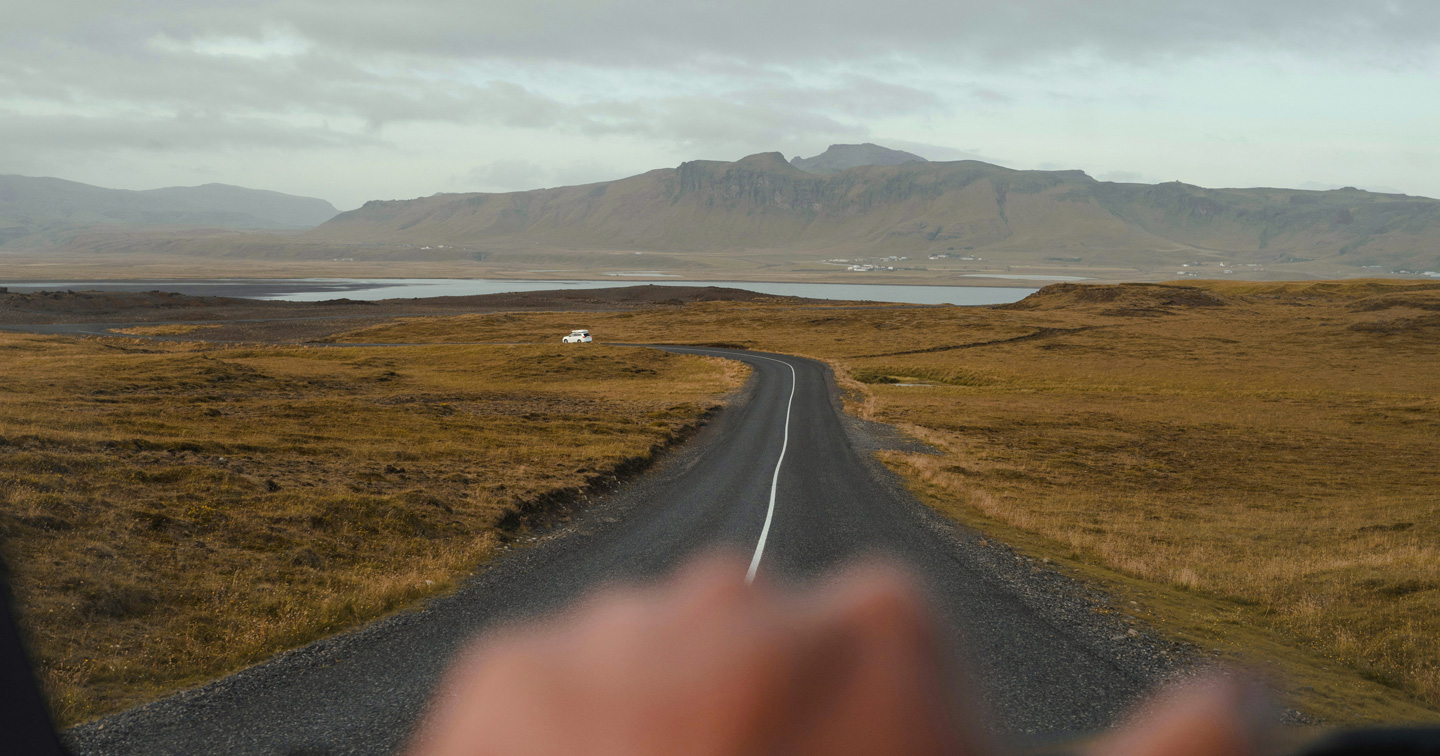
Using a wealth of experience, our team can help you venture off the well-trodden trail of the Golden Circle to areas such as the Snaefellsnes Peninsula, a microcosm of the ‘land of fire and ice’, or to the Highlands in the country’s centre for epic hiking trips. We plan every experience to suit you, whether you want to snowmobile across a glacier or taste freshly caught seafood on the deck of a fishing trawler. In a country where changeable weather conditions and volcanic activity can quickly disrupt plans, our excellent team of local guides and our helpful Concierges offer invaluable support.
ENQUIRE NOWPractical advice and inspiration for your next trip
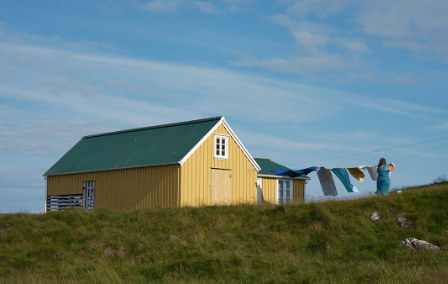
With lingering daylight, lush landscapes and adventurous outdoor activities, a summer holiday in Iceland promises to be one for the books. At this time of year, the weather is at its warmest (10°C on average, mind you, so don’t forget your winter knits) and the light barely fades thanks to the Midnight Sun. From hiking and hot springs to whale watching and glacier tours, there's something for everyone to enjoy.
1st May 2025 - Iceland Travel Inspiration

It’s a gratifying feeling when someone asks you where you got your jumper from and you get to say, ‘my recent trip to Iceland’. Or, once presented with a slab of Omnom chocolate, you can tell your nearest and dearest that it in fact travelled all the way from ‘The Land of Fire and Ice’. For this isn’t a country of shot glasses, fridge magnets and ‘all I got was this lousy t-shirt’ t-shirts. It’s hand-harvested sea salt that’s been produced from Iceland’s geothermic energy since the 17th century, skincare from the original Blue Lagoon and gripping Viking Sagas.
3rd January 2024 - Iceland Travel Inspiration
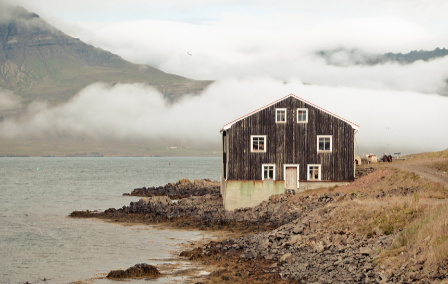
Iceland doesn’t mess around when it comes to sustainability. With tourists outnumbering residents, the country has found ways to ensure the constant flow of footprints cause minimal damage to the environment. But responsibility doesn’t just lie with the country – visitors also have a duty to protect the world-class hot springs and national parks. Luckily, we’ve got a rundown of top tips to encourage sustainable tourism in Iceland.
22nd November 2023 - Iceland Responsible Travel

Our team of destination experts will get to know you and your unique requirements for your holiday

We work with you to build an ultra-personalised holiday itinerary with your choice of accommodation, experiences and activities

All of our holidays include little extras designed to make a big difference to your trip, from fast-tracking you through airport check-in and security to our network of local Concierges